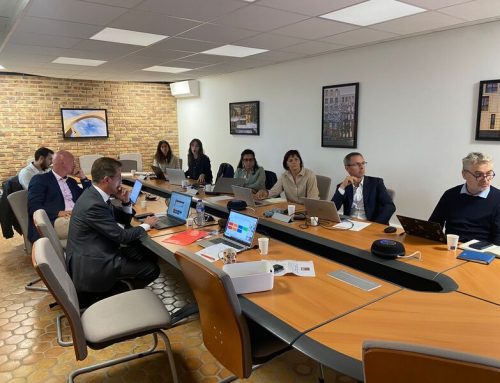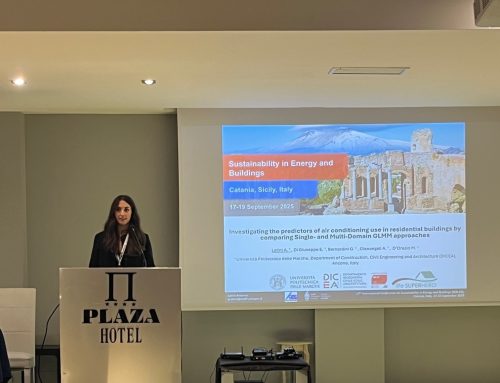04 July 2025
As part of the LIFE SUPERHERO project, best practices for the implementation of Herotile-Based Roofs (HBR) have been finalized as an effective climate adaptation solution for ventilated and permeable roofing systems. The activities included the construction of new HBR roofs on two residential buildings in Reggio Emilia, transforming flat roofs into lightweight attic floors. These interventions brought significant benefits in terms of summer indoor comfort, reduced energy consumption, and mitigation of the urban heat island effect.
The HBR system enhances ventilation, lowers roof surface temperatures, and limits moisture accumulation, helping to keep the roof layers dry and protecting the structure. This ultimately increases the overall durability of the building. Moreover, it provides a sustainable, low-cost, and replicable renovation solution that does not require new land use, enabling the transformation of existing flat roofs into efficient, livable spaces—an important response to the growing demand for housing.
The protocol outlined in the best practices includes detailed procedures concerning:
-
Cost-effective design of a new lightweight floor on existing flat roofs;
-
Site preparation procedures;
-
Installation procedures for the attic floor covered with HBR, taking into account all the components of the roofing system: wooden structure, fastening accessories, special pieces, gutters and downpipes, and the HEROTILE tiles, whose aerodynamic shape ensures optimal under-tile ventilation.
These best practices serve as a concrete reference for institutions, designers, communities, and local authorities seeking replicable solutions to combat global warming through climate adaptation of buildings in European urban contexts. The goal is to improve living quality while contributing meaningfully to the achievement of European decarbonization and urban resilience targets.




Leave A Comment